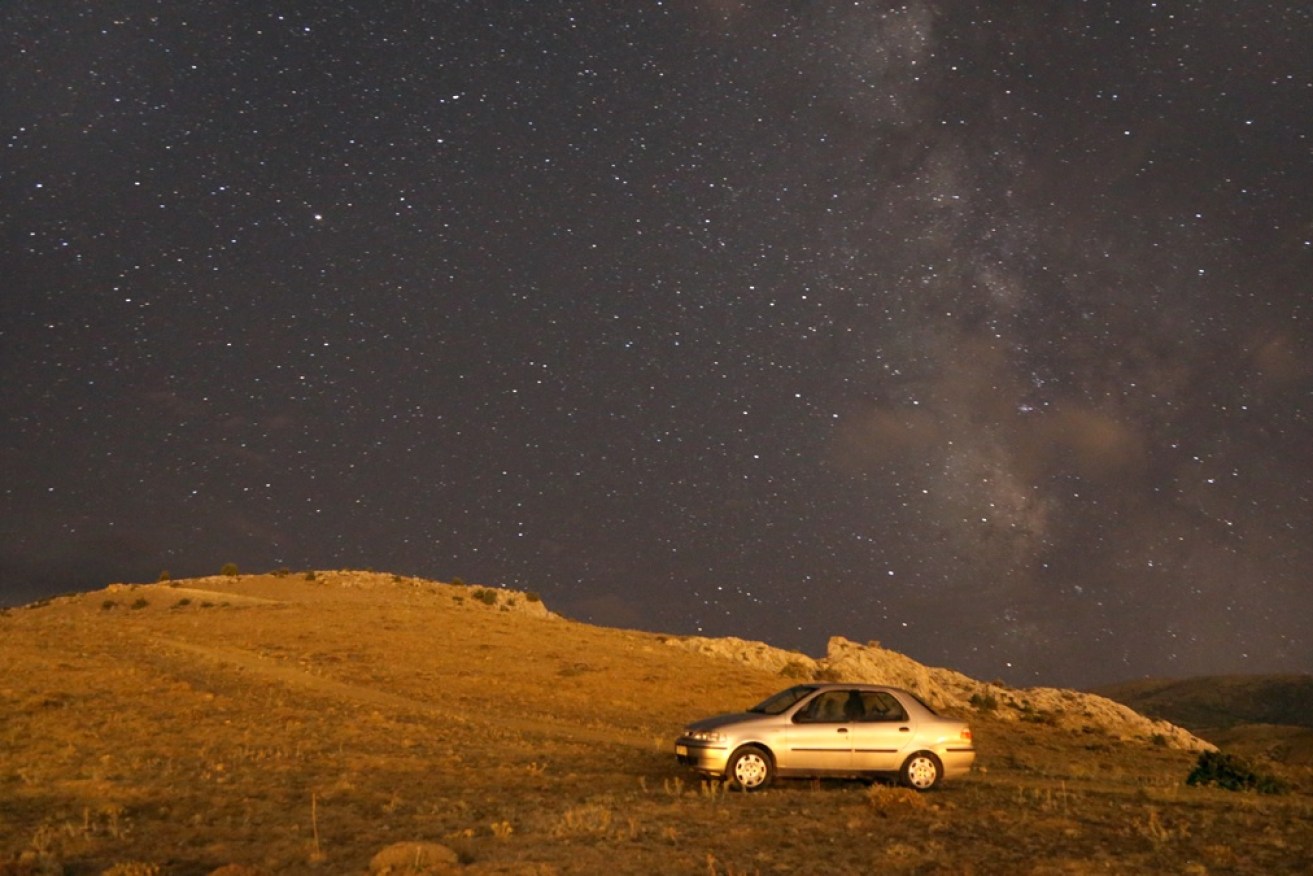Skies promise a spectacular double display for stargazers

A view of the Perseid meteor shower Eregli district of Konya, Turkey on August 13 last year. Photo: Getty
Stargazers are in for a spectacular show as the last super moon of the year combines with a spectacular three-day meteor shower.
The sturgeon moon, the last super-moon of this year’s trilogy, will illuminate night skies from Friday (although, sadly it will peak at 11.35am AEST – a difficult time for Australian stargazers to make the most of the their viewing).
It will be followed by the three-day annual Perseid meteor shower, which will peak early on Saturday.
Both coincide this year with a full moon and cloudy skies, resulting in less-than-ideal viewing conditions.
But, because of the brightness of the Perseids, some meteors should still be visible in a sky illuminated by moonlight.

A past meteor shower captured by photographer Will Eades. Photo: Will Eades
How to catch a glimpse?
The clearest view of the super-moon was expected on Thursday night, while the best viewing for the Perseids will be towards the north at 5am on Saturday.
The highest chance of seeing a shooting star is to face north at the peak of the meteor shower.
What are super-moons and how are they named?
Super-moons happen only three or four times a year and always appear consecutively.
They occur when the full moon is at the closest point to Earth during its orbit, making it appear larger and brighter than usual.
The sturgeon moon gets its name from the prehistoric fish once abundant this time of year in America’s Great Lakes region.
Traditionally, every full moon has its own name based on the month or the season in which it appears.
The meteor shower
The Perseids is considered by NASA to be “the best meteor shower of the year”.
It is named because the point from which it appears, called the radiant, lies in the Perseus constellation.
The Perseids meteor shower occurs every year when the Earth moves through the trail left behind by the Comet Swift-Tuttle, which can lead to 60 to 100 meteors an hour at its peak.








